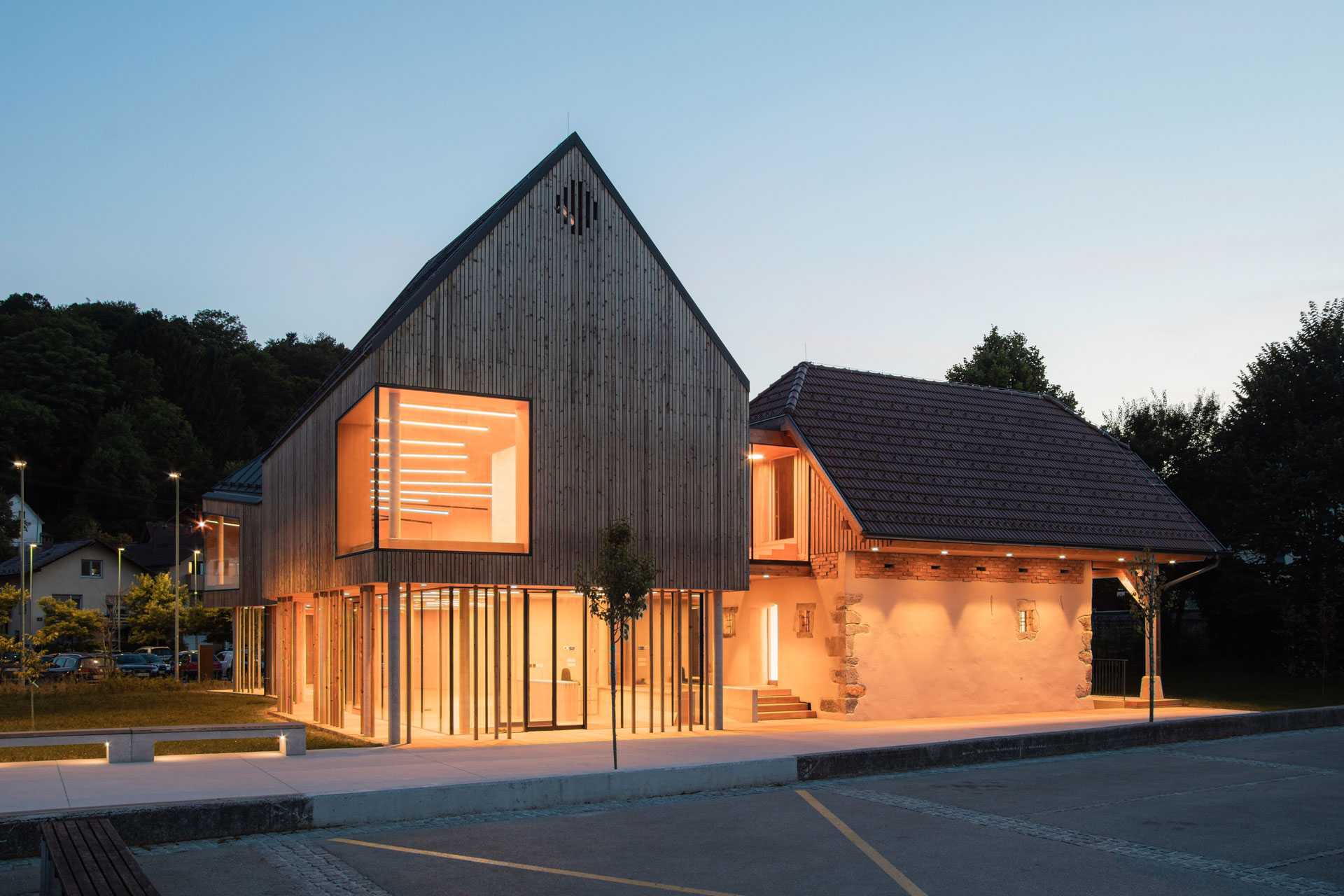The Morostig House
The nine thematic units of the exhibition at the Morostig House present important fragments of the explorations of the Ljubljana Marshes and the pile dwellings. During your visit, you will learn about the details of the pile-dwelling period and the pile dwelling settlements around the Alps, which are a UNESCO World Heritage Site, as well as about the biodiversity of the isolated marsh landscape, which is preserved both by its inclusion in the EU’s Natura 2000 network and by its status as a nature park.
After your visit, you’ll understand why the Ljubljana Marshes are worth returning to for inspiration again and again.


The Morostig House opens its doors directly into the legacy of the most prominent explorers of the Ljubljana Marshes. In particular, it gives a comprehensive account of the achievements of the versatile scientist Karel Dežman, who was the first to make a comprehensive inventory of the marshes’ vegetation and to investigate the remains of the pile dwelling settlements near Ig, and who also organised the first official archaeological excavations in Carniola. The soil profile shows what lies beneath the floor of the Ljubljana Marshes. It is fascinating to see how and why the ground level dropped significantly in the 19th century.

But not only that. At the heart of the Morostig House also lie answers to other key questions: How have the Ljubljana Marshes and their surroundings changed? How long were the former lake shores inhabited by pile dwellers and why did they move away? What is the temporal distance between a lake, a swamp, and a period of intense drainage? How luxurious are the flora and fauna of the Ljubljana Marshes? And the future of the marsh – what should it look like?

While the Morostig House illustrates the flora of the Ljubljana Marshes with a herbarium, which makes it possible to identify plant species from the wet marsh meadows, and to identify the various plant remains that testify to the former dietary habits of the pile dwellers, it is possible to learn about the fauna of the marshes by looking at the stones of fruit, at bones, and at other materials. At the same time, the Morostig House is continually unraveling the story of the pile dwellers, explaining how the first nomadic inhabitants of the marshes gathered and hunted, how later pile dwellers farmed, and potted, and how they hammered metal, and what both the period after the pile dwellers and the Roman period brought. The information on the pile dwelling settlements and the life of the pile dwellers is brilliantly complemented by a model reconstruction of the 35th century BC Maharski prekop pile dwelling.

The exhibition explains exactly why it is important to keep bog soils healthy, and showcases international and local projects that are working to preserve pile dwelling sites and many endangered spaces and species, all of which visitors can learn about with a magnifying glass in their hand. The collected highlights of the Morostig House inform us, but at the same time serve as a reminder: only by connecting can we protect what is most precious.